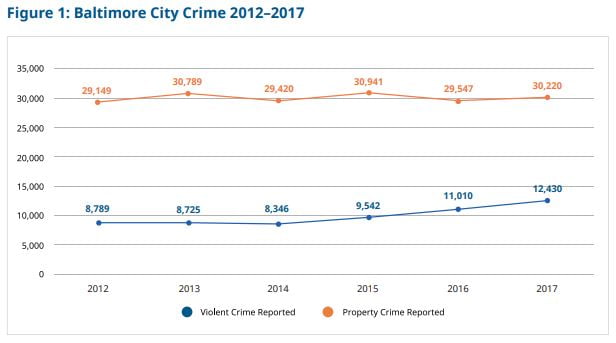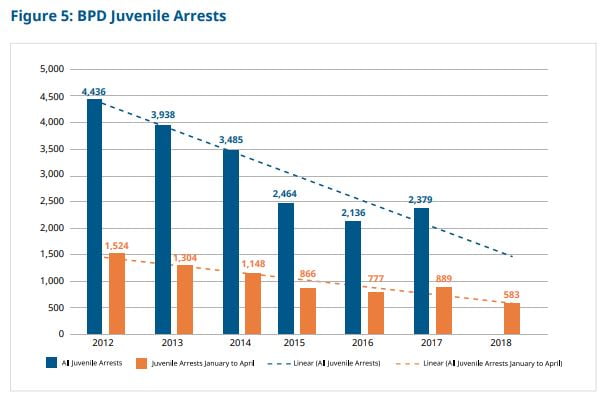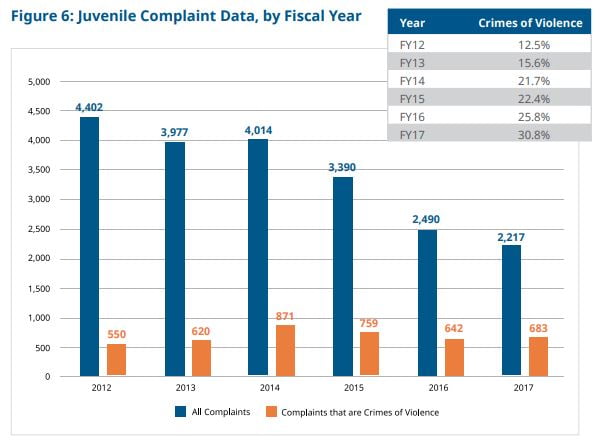The Problem
Many boys and girls in Maryland live in turmoil. In their homes, they experience poverty, hunger, abuse, and familial strife. Some do not have a home at all. In their schools, they feel distracted, frustrated, worthless, and unappreciated. On their streets, they witness derelict buildings, record-breaking crime, trauma, and death. The daily challenges they face leave these kids feeling trapped in an existence that holds no promise, no future and no hope. This mindset leads them down dangerous paths, which often leads to incarceration or death.
This is where unCUFFED Ministries comes in to form relationships with these boys and girls to show them an alternate path that changes their narrative leading to redemption, hope and the love of Jesus Christ.
When youth are charged as adults in the criminal justice system, unCUFFED staff and volunteers get to know them. We work with detention facilities, businesses, and parents to help youth who are being held in adult facilities transition to the next stage of life. By spending time with these youth and building enduring relationships, unCUFFED seeks the privilege to guide their perspective, show God’s love, and prepare them with skills for an uncertain future. Our goal is to help youth mature, show the community how to help, and work to reduce repeat offenders.
The People
Maryland saw 12.25 violent crime incidents per 1,000 residents in 2017, compared to just 4.49 nationwide. Although Baltimore is a big contributor to the state's violent crime rate, reporting a record-high homicide rate last year, we are seeing increases in violent offenders in all suburban counties as well.
At unCUFFED we believe that we must make every effort to intervene in the lives of these children. The statutory maximum sentence for a juvenile in Maryland, even in cases of multiple murders, is 40 years which means serving less than 30 years. Most sentences are more lenient. No matter what the crime these boys and girls will be returning to society as our neighbors. There is a moral reason to love the unlovable and serve those charged with violent crimes but there is also a tangible secular benefit to moving these children towards redemption rather than warehousing them in the correctional system.
unCUFFED seeks out juveniles charged as adults who are caught up in the adult penal system. Most of the children we work with are 15 to 18 although we stay connected to our boys and girls even as they age out and enter adult populations.
The Research
In response to public perception that juvenile violence is on the rise in Baltimore, in 2018, the Abell Foundation collected and analyzed available data on juvenile crime, arrests, and outcomes in Baltimore City. The Abell Foundation concluded:
- There is a dearth of publicly available data related to juvenile violence/violent crime.
- Juvenile arrests for violent crime are up.
- Most youth who are charged as adults are detained pretrial for four months or more.
- Case outcomes for youth charged with violent crimes appear to be driven by a small number of individual judges in a process that is not very transparent.
With a vast lack of transparency and little confidence in the data that has been released, we can say, anecdotally, that violent crime is rising and the age of the offender is decreasing.
While the Baltimore Police Department collects and reports data on total crimes reported, it does not break down these data to show how many of these crimes involve juvenile victims (except for homicides and shootings). The Baltimore Police Department also collects data on total case closure rates (solved cases) by crime category and on juvenile arrests. Based on these data, we concluded that overall violent crime is up and case closures are down, and that even though juvenile arrests for violent crime are up, overall juvenile arrests are down significantly.



